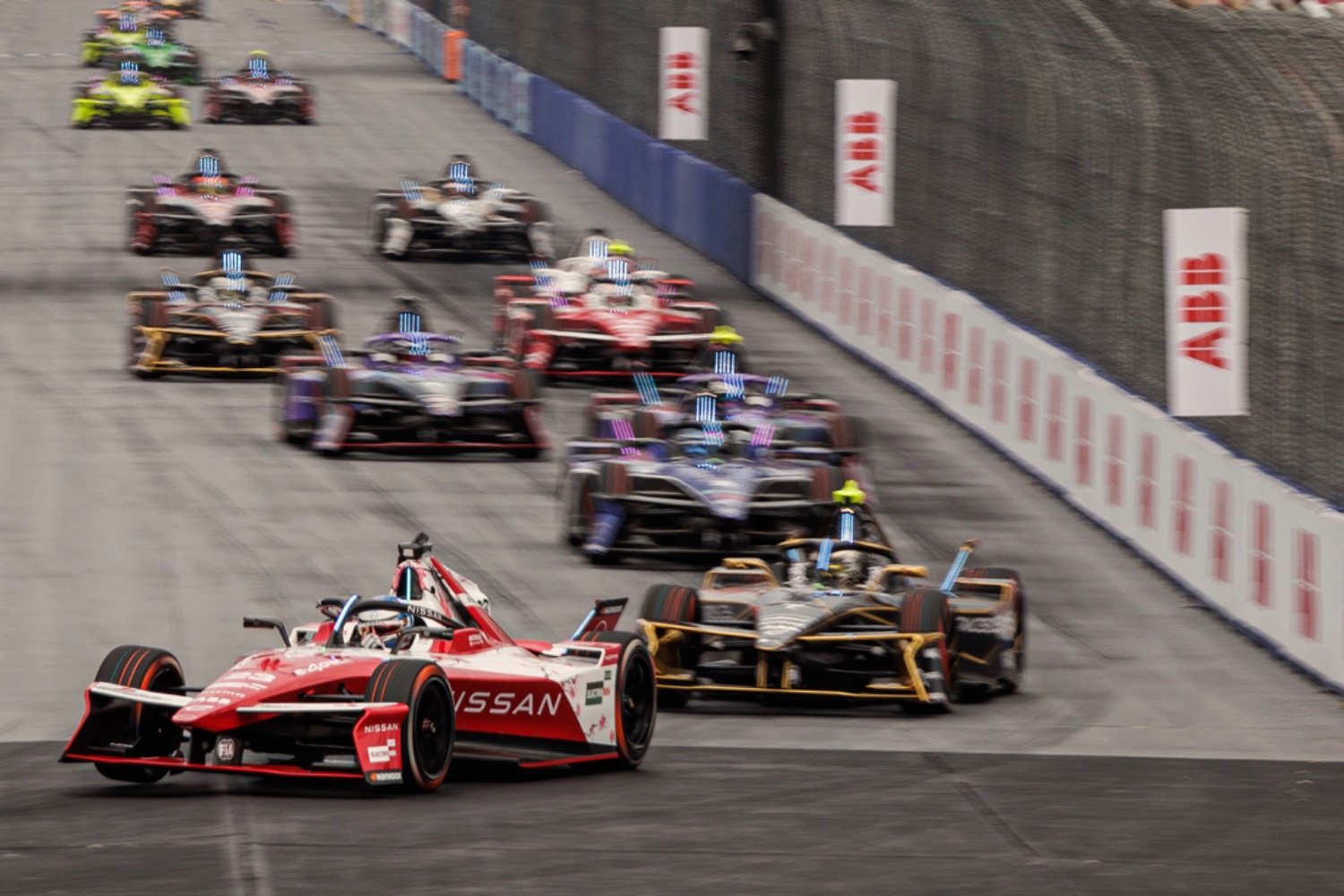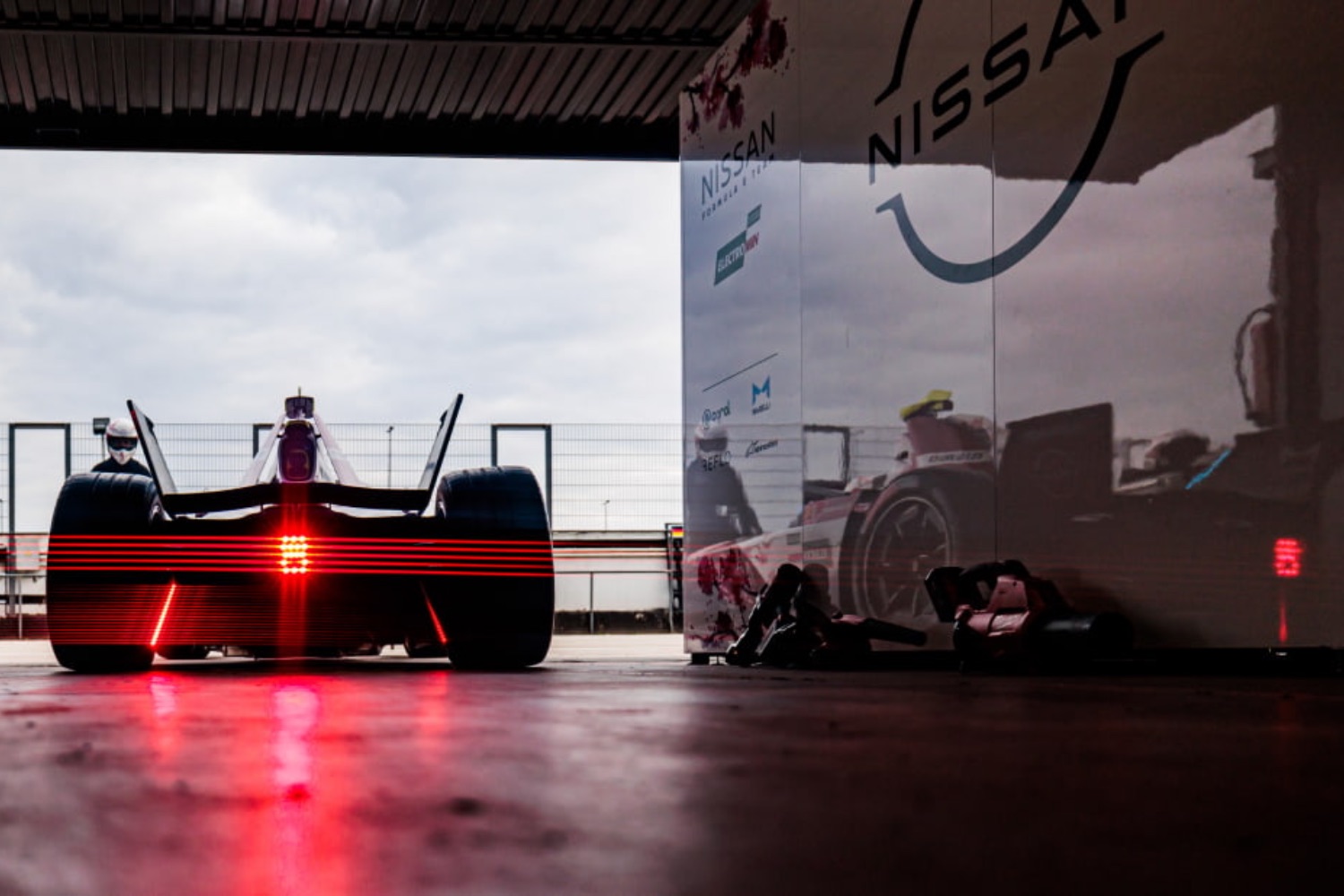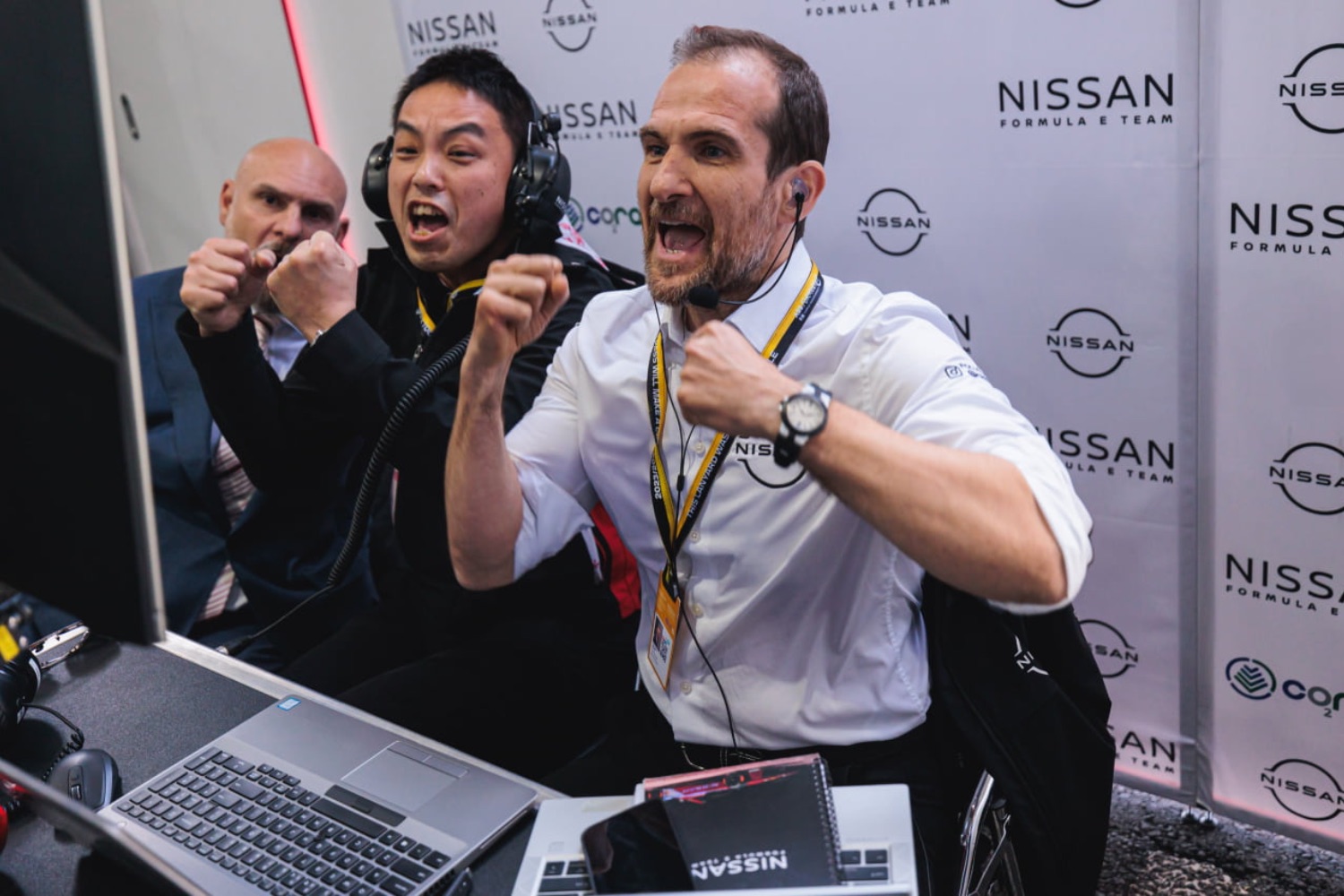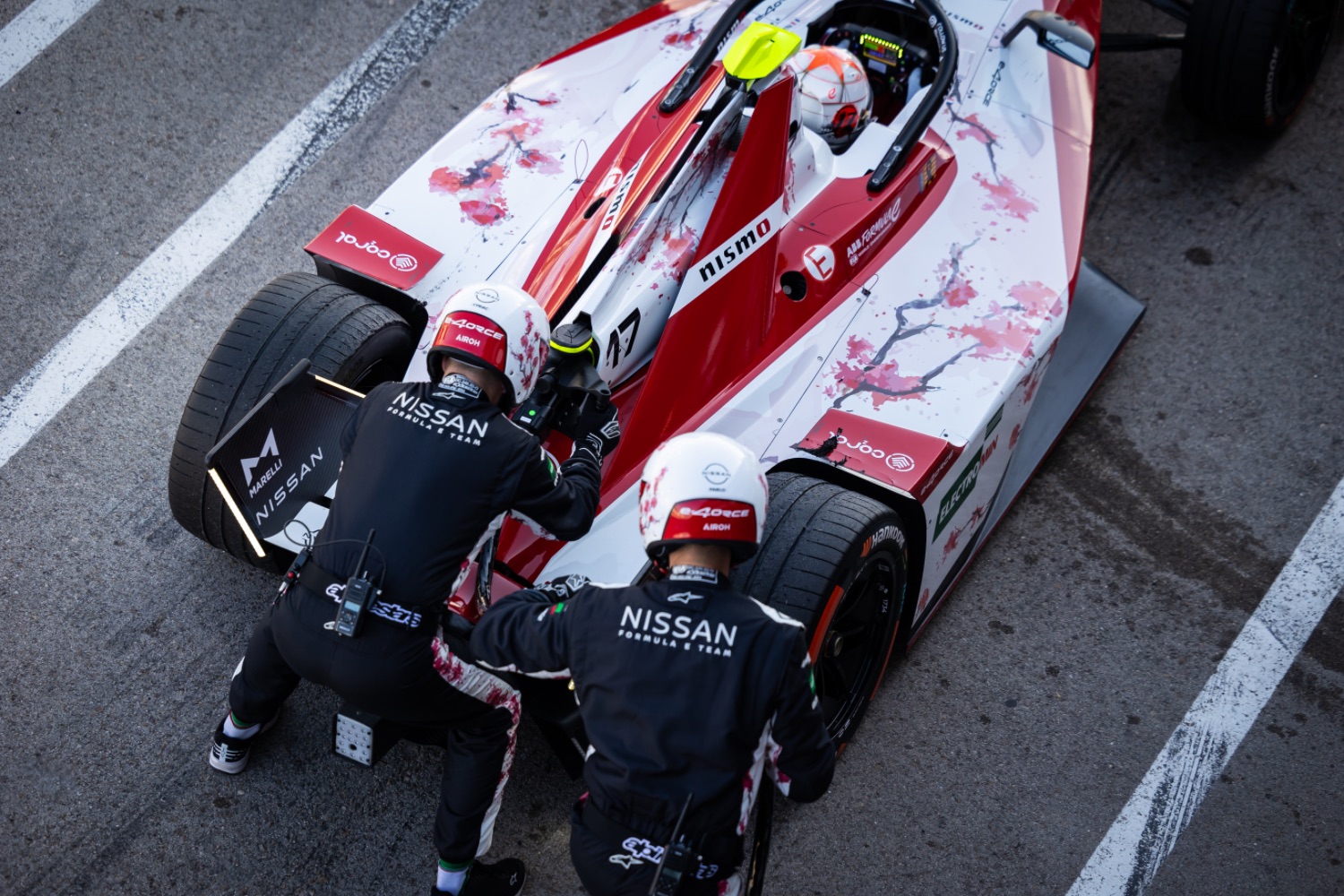Racing has long been a source of both engineering inspiration and marketing muscle for car makers, and the ancient phrase of 'Win on Sunday, sell on Monday' still holds true today.
Marketing benefit, as well as tech

It's precisely why car makers such as Nissan compete in racing series, and it's exactly why Nissan competes in electric Formula E racing. Clearly, there's a marketing benefit to be had - all those Nissan advertising hoardings, the branding on the cars - but there's a far more important aspect, and that's technology transfer, and oddly, that runs both ways…
You see, in Formula One racing, the tech has long since moved way beyond road cars. F1 cars are so fantastically advanced and yet equally restrained by the rulebook that there's no longer any real track-to-road transfer of technology and certainly very little that goes the other way.
Formula E is different. Electric cars are still in their infancy, so being able to put batteries, motors, battery management systems, charging systems and everything else through the torture chamber of a global motorsport series is invaluable, as have the lessons learned from racing Nissan's e-4ORCE 05 electric powertrain. Equally, there has been a huge input from the road car side of Nissan into the tech used by the race team - perhaps that's inevitable, considering that Nissan has more experience with road-going electric cars than almost any other manufacturer.
A two-way street

Nissan Formula E Team's Managing Director and Team Principal, Tommaso Volpe, says that it's definitely a two-way street - that lessons learned from motorsport feed into road cars, and lessons learned from developing new electric cars feed back into the tech fest that is Formula E.
“The transfer of expertise that the Chief Powertrain Engineer brings from the automotive side of the business to the competitive side of it in our Formula E Team is vital. It shows the importance of the entire Nissan workforce worldwide in helping us to achieve these results on-track,” said Volpe.
The Chief Powertrain Engineer in question is Tadashi Nishikawa, better known to all in the team as Tad. Tad is responsible for linking Nissan's automotive and motorsport sides. He's a 20-year veteran of Nissan, and his ideas - say the Formula E team - have been invaluable.
“When I joined the Formula E project in June 2021, the Gen-3 power unit prototype phase was already completed, so my first chance to make a difference was on the Gen-3 Evo powertrain for the Nissan e-4ORCE 05,” explains Nishikawa-san. “There were some doubts from some of my motorsport colleagues when I initially joined because I was coming in with a lot of new ideas from the automotive side. However, when I showed them the simulation and the data behind my work after a few months, I gained their respect as they saw what I could bring to the program.”
First car maker to commit to new Formula E rules

Nissan was the first car maker to commit to Formula E's Gen-4 regulations, which will keep the company in the sport until 2030. At the moment, there are four Nissan-powered cars on the Formula E grid: the two works team cars and the independent NEOM-McLaren squad. Right now, Nissan is heading the driver and manufacturer standings, and much of that is down to Tad's hard work.
“There are several reasons why we are performing strongly but, in my role as Chief Powertrain Engineer, it's important to analyze all the trade-offs that we have to make between different elements of the car,” explains Tad. “It's about understanding how different parts affect each other, and what that does to the overall performance. “Ensuring that we maximise the simulation time during the development phase is a key factor ahead of pre-season testing. After that, once we saw the first physical results, we knew that we were heading in the right direction.”
There are, of course, areas where motor racing and motor production just don't, and can't crossover, explains Tad: “On the automotive side it's about mass producing a car that sells strongly and sometimes the overall aim can be lost as you don't immediately know if it's been a success. However, in Formula E the target is a lot clearer and easier to see, as you can tell straight away whether you're quick and efficient or not.”
Inextricable link

However, there is still an inextricable link between the two, and Tad hopes that his successor as Chief Powertrain Engineer, Takuro Iwase, will keep up the engineering link between the road car and race car sides of Nissan: “It's been an unforgettable experience and one that I would recommend to any fellow Nissan engineers willing to learn and develop their careers in a motorsport environment. The different elements of the role are challenging, but there is a real bond within the team which helps with the acclimatisation and learning process. I would like to thank Tommaso and everyone here at Nissan Formula E Team who made this possible, as well as my amazing family for their support. I wish Iwase-san all the best, I know that he has what it takes to continue the success long into the future with GEN4 on the horizon.”
Volpe says that there's much to thank Tad for: “It's been a pleasure to work with Tad and to see him grow in his role as Chief Powertrain Engineer, helping us to achieve so much in his time with us. His expertise from the Nissan's automotive side has helped greatly in improving key elements of the Gen-3 Evo car. We now welcome onboard Takuro as we look to maintain this level of performance heading into the Gen-4 era. The start of Season 11 has been excellent, with Nissan leading all three championships. We know that even though it's been a brilliant few months, there are aspects that we can still improve, so we will continue to work hard. It's full speed ahead now for the rest of the season, so we must embrace the fact that all our competitors are trying to catch us and do our utmost to still be in this position as the checkered flag falls at the last race of the season in London.”
Perhaps, then, the lesson that can be learned from all of this is that it's not just about transferring technology from road cars to race cars and back again. It's also about learning how to put the right people in the right place at the right time and letting them find new and exciting ways to push things forward. That, maybe, is the best thing that Nissan has learned from motorsport.

























